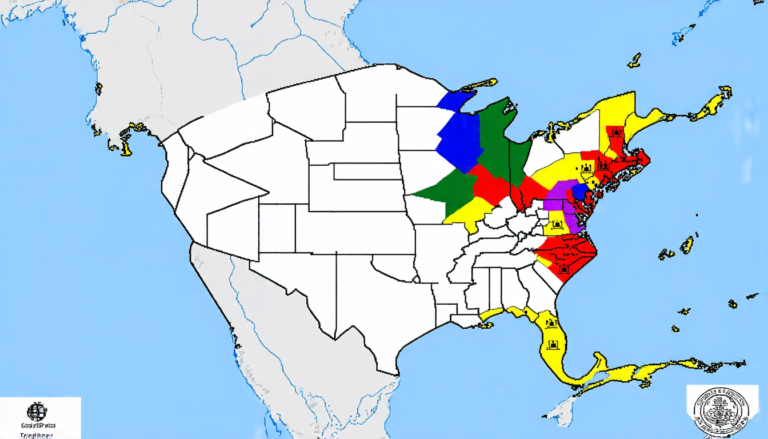Wednesday 09 April 2025
Networks are everywhere, from the connections between people on social media to the intricate relationships within ecosystems. But understanding these complex systems can be a daunting task, especially when they involve thousands of nodes and edges.
A new approach has been developed by researchers to tackle this challenge. They’ve created an algorithm that can efficiently sample from the posterior distribution of reconstructed networks, allowing scientists to gain valuable insights into how these systems function.
The technique is based on a method called Markov chain Monte Carlo (MCMC), which involves generating random samples from a probability distribution. In this case, the researchers used a special type of MCMC algorithm that allows them to explore the vast space of possible network configurations.
The algorithm works by proposing new network configurations and then accepting or rejecting them based on their likelihood of occurring. This process is repeated many times, allowing the algorithm to converge towards the most likely network configuration.
One of the key benefits of this approach is its ability to handle large and sparse networks, which are common in many real-world systems. The researchers demonstrated their algorithm’s effectiveness by applying it to a range of synthetic and empirical networks, including social media networks and biological networks.
The results showed that their algorithm was able to accurately reconstruct the underlying network structure and identify key features such as community structures and node centrality. This information can be used to gain insights into how the system functions and make predictions about its behavior.
For example, in a social media network, identifying communities of users who interact with each other regularly could help companies target their marketing efforts more effectively. In a biological network, understanding the relationships between different proteins or genes could lead to new treatments for diseases.
The researchers’ algorithm is also flexible enough to be used with different types of networks and generative models, making it a valuable tool for scientists working in a range of fields.
In addition to its practical applications, this research has also shed light on some fundamental properties of complex systems. The study found that the posterior distribution of reconstructed networks can be quite complex, with multiple modes and high-dimensional structures. This is in contrast to traditional statistical methods, which often assume that the data follows a simple probability distribution.
The findings of this study have important implications for our understanding of complex systems and how we analyze them. By developing new algorithms and techniques for reconstructing networks, researchers can gain deeper insights into these systems and make more accurate predictions about their behavior.
Cite this article: “Network Reconstruction by MCMC with Edge Weight Proposals via Bisection and Linear Interpolation”, The Science Archive, 2025.
Networks, Markov Chain Monte Carlo, Mcmc, Algorithm, Complex Systems, Network Reconstruction, Bayesian Inference, Community Detection, Node Centrality, Graph Theory.







